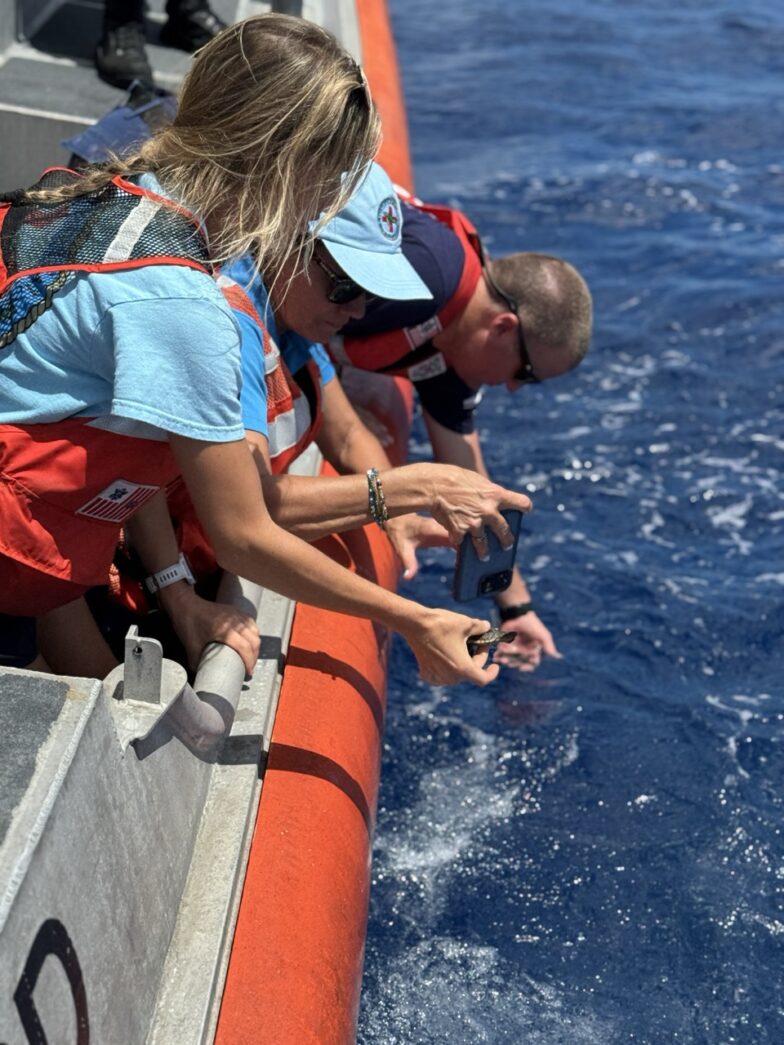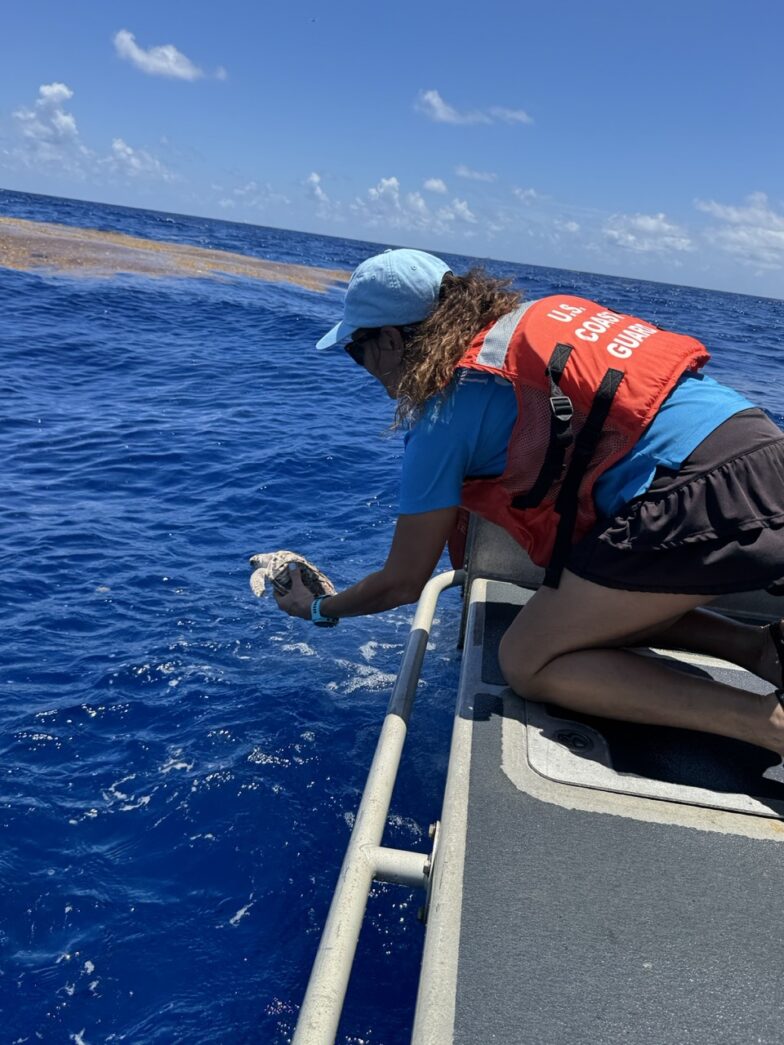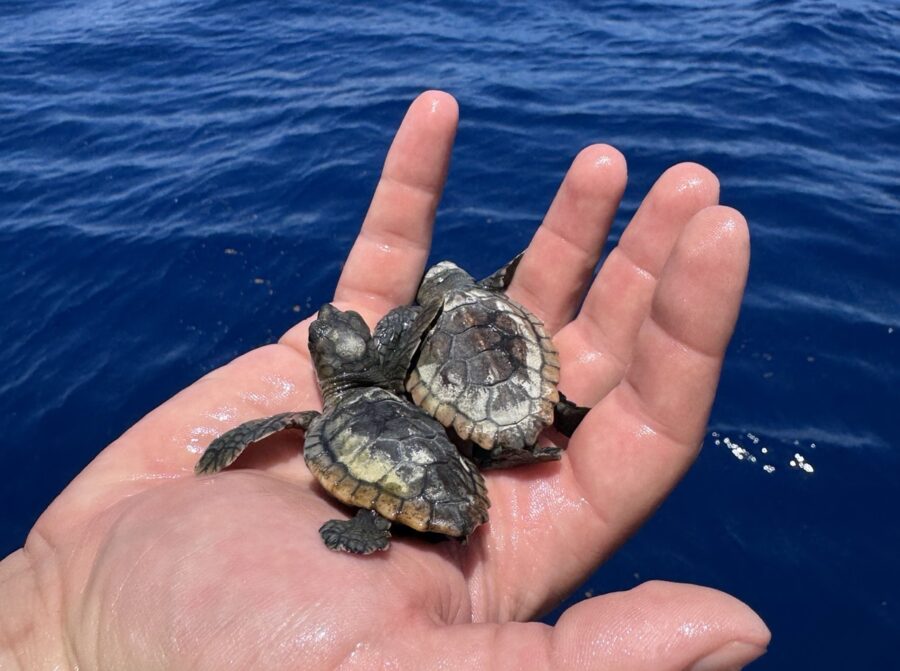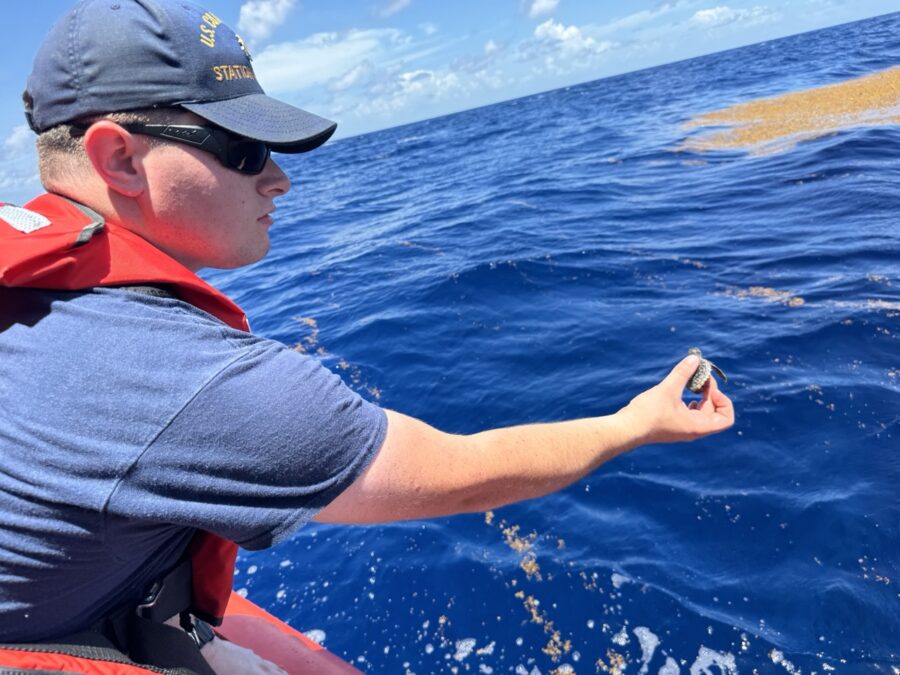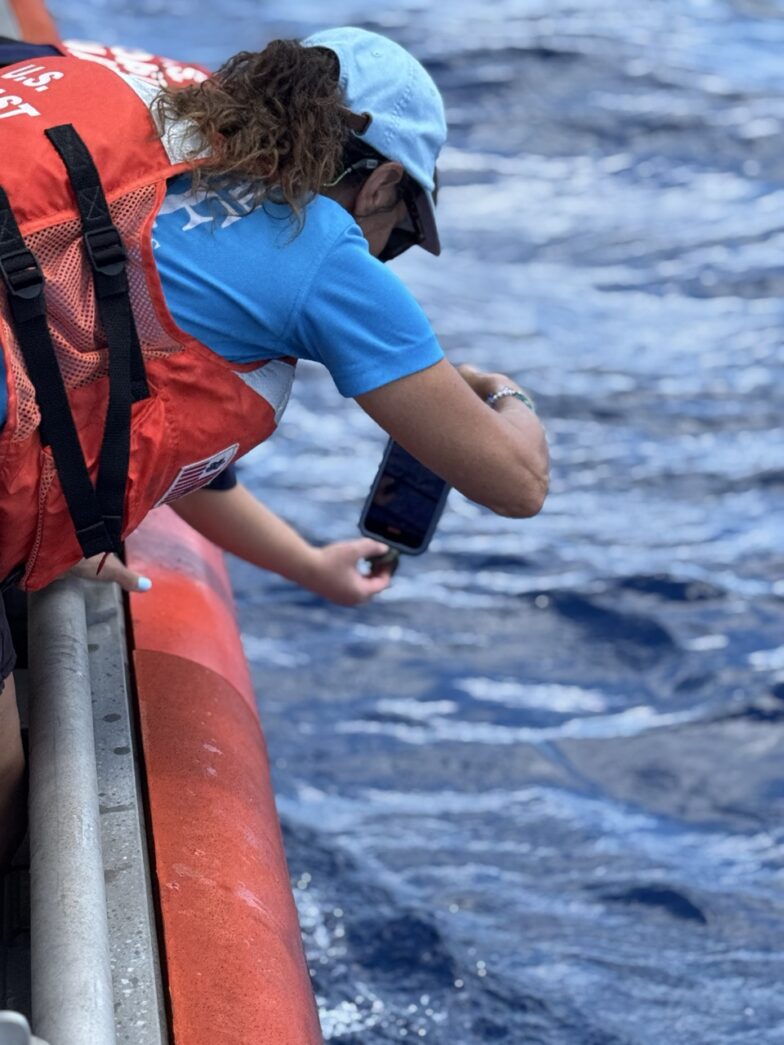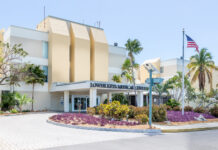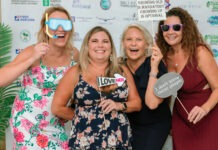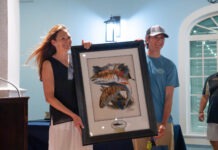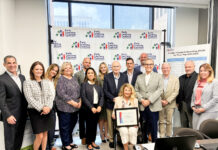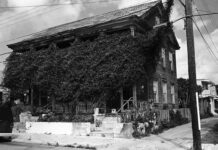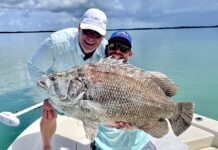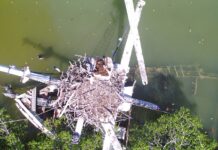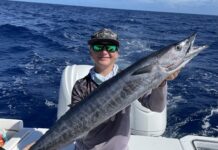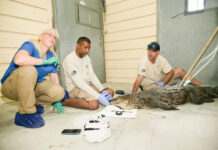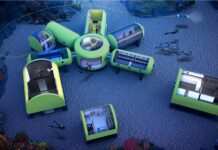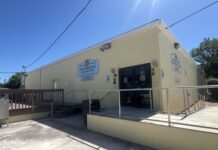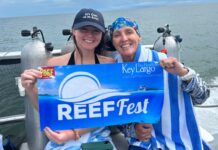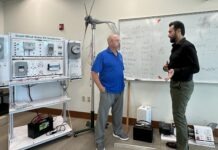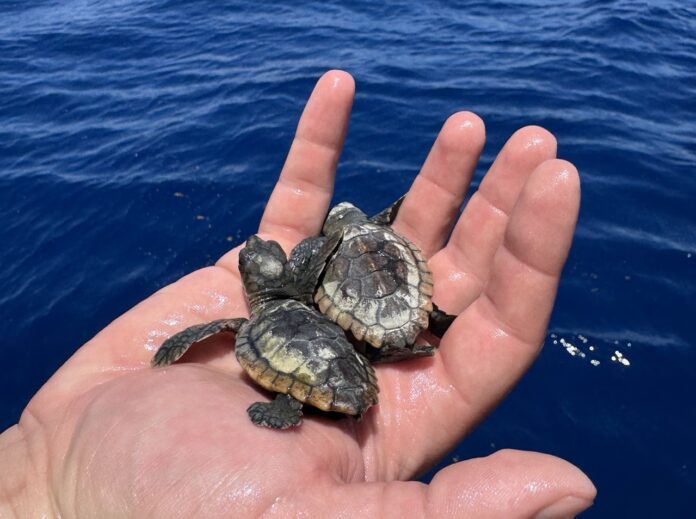
In the closing weeks of July, calls about baby turtles in distress kept the emergency hotline at Marathon’s Turtle Hospital ringing off the hook.
Over a seven-day period, the hospital fielded calls for 287 tiny hatchlings, all in need of a helping hand after crawling the wrong way when they emerged from their nests on Florida Keys beaches.
A single day yielded four calls for babies that had fallen into three different chlorinated pools.
“It’s one of the highest numbers we’ve ever seen in a short period of time,” Turtle Hospital manager Bette Zirkelbach told the Weekly.
The culprit: artificial light from oceanside residences, disrupting the natural light from the night sky used by freshly-hatched turtles to get themselves to the water and out to the deep blue.
Thankfully, with rescue staff at the ready, the hospital’s success rate this nesting season has topped 75% – that is, more than three quarters of the babies reported made it to some form of successful release. Of the 287, around 100 were released the night of their rescues.
And on Aug. 1, 61 loggerhead hatchlings – plus two one-year-old juvenile hawksbills and a yearling loggerhead – got an easy ride out to the Gulf Stream, courtesy of the U.S. Coast Guard Station Marathon. Once there, they were safely delivered into patches of sargassum weeds, where they can find shelter and food before eventually returning closer to shore as mature turtles.
Zirkelbach said the mass intake of hatchlings underscores the importance of conscientious development and careful light use, especially during turtle mating season.
“With the increased number of vacation rentals, I don’t feel people are maliciously leaving lights on,” she said. “But I think we need to do better at educating our visitors about turning lights off at night during nesting season. People just don’t have the knowledge.”
Sea turtle nesting season in the Florida Keys runs from April 15 through Oct. 31. During these months, bright, artificial lights can disorient hatchlings. To report turtles in distress, call the Turtle Hospital’s hotline at 305-481-7669.
